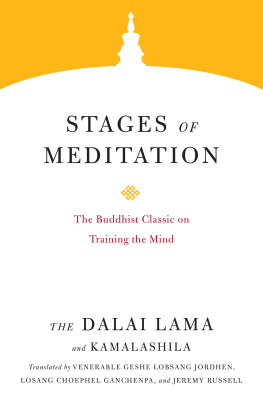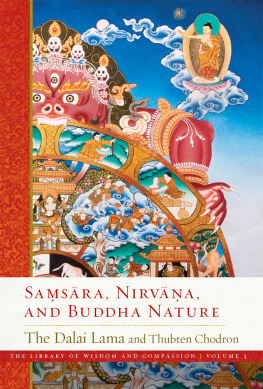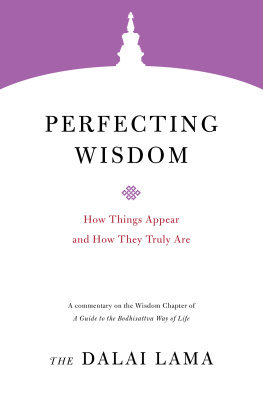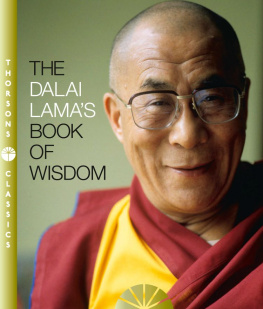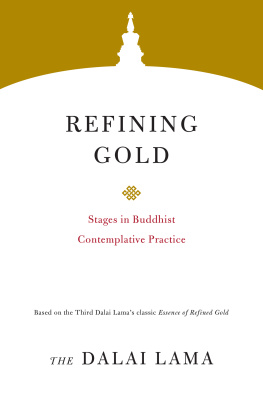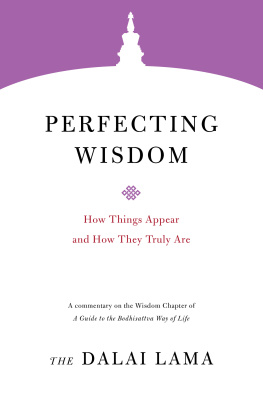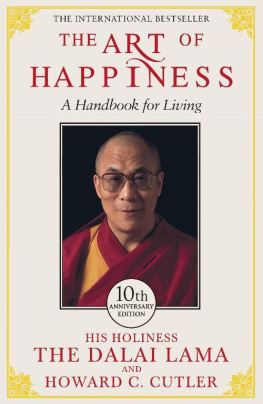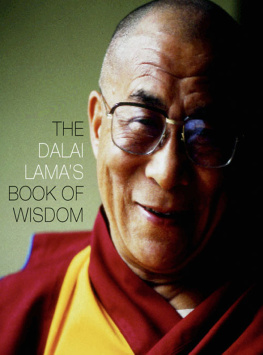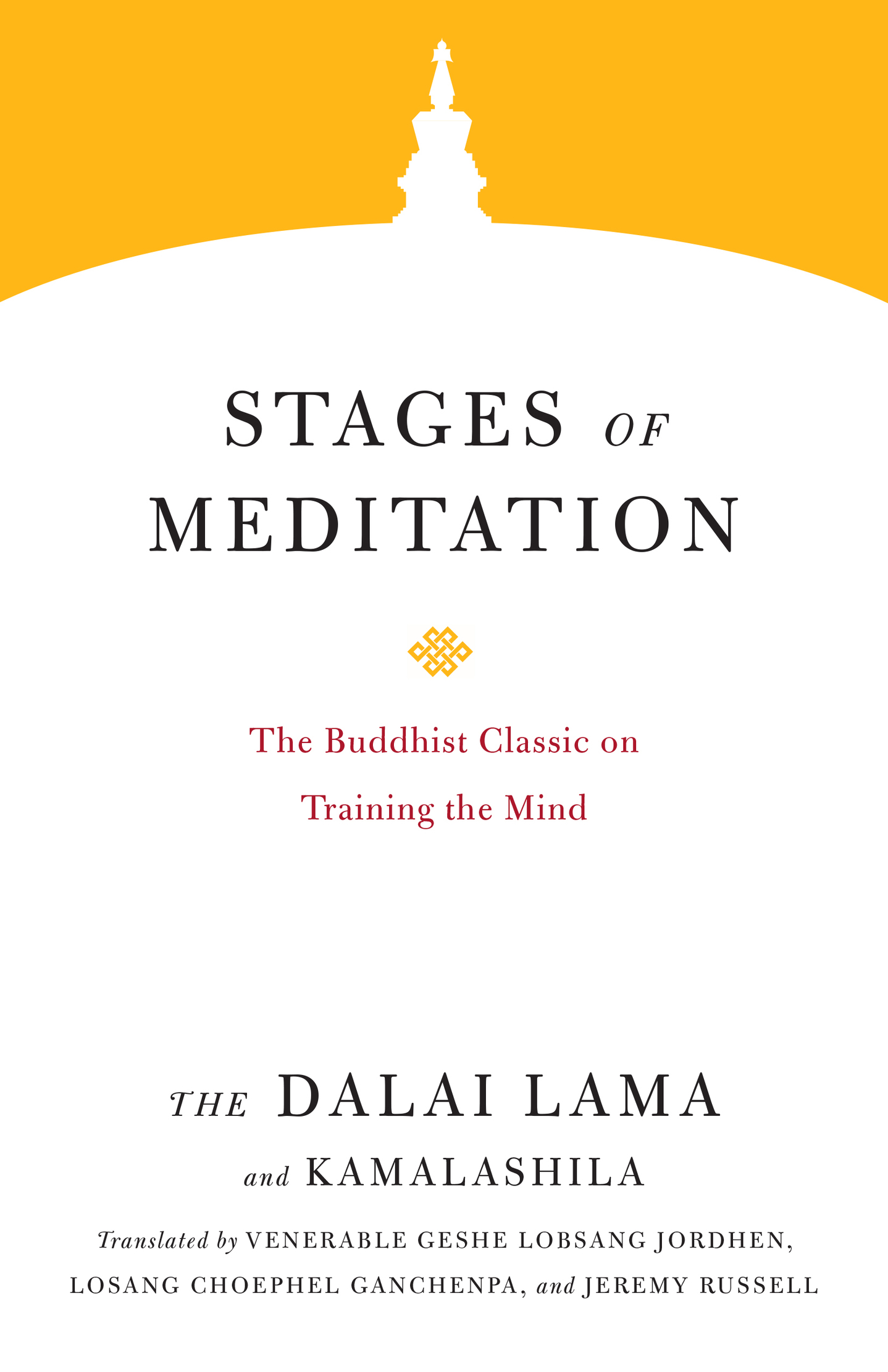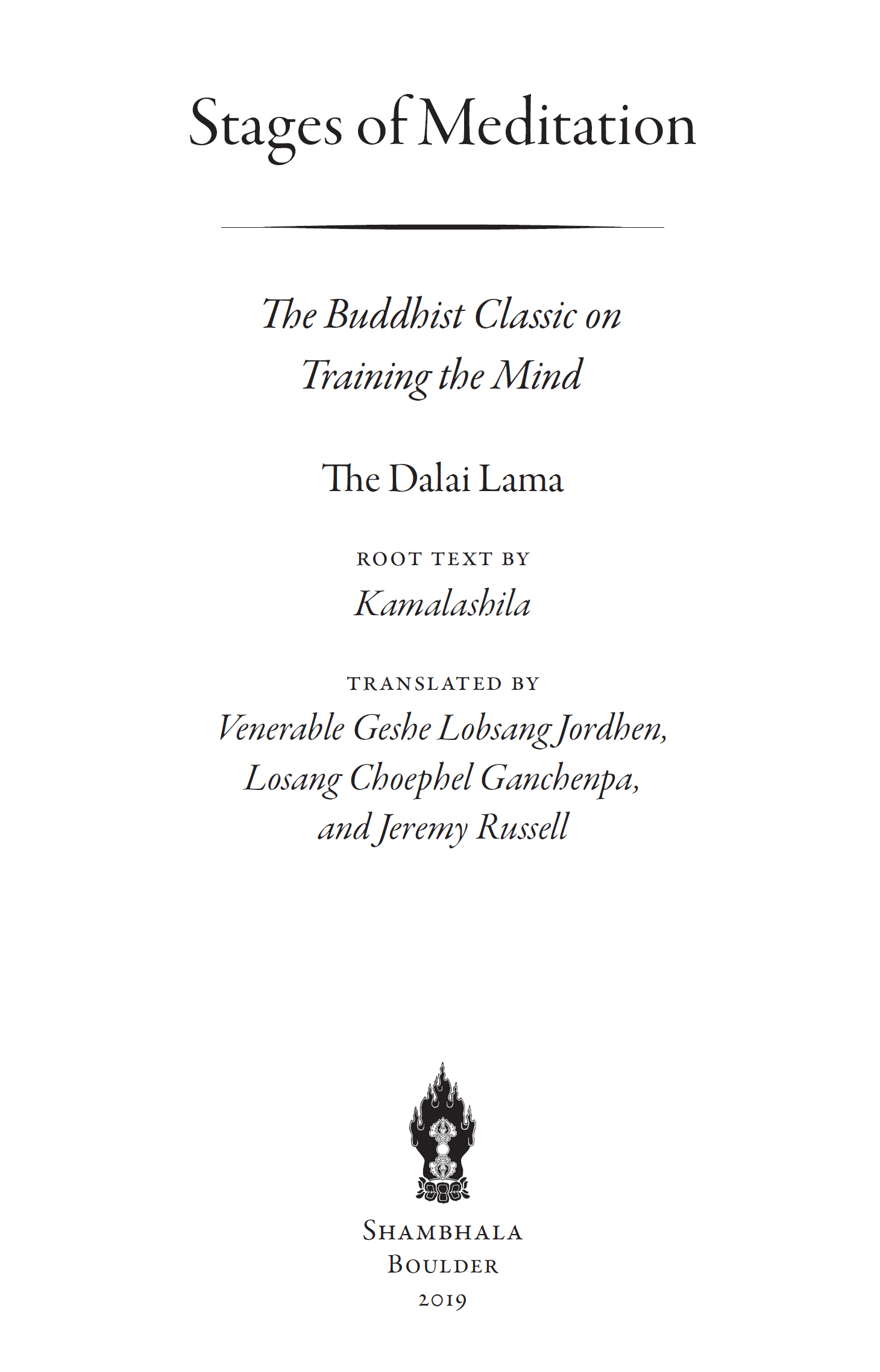Contents
Landmarks
Print Page List
Shambhala Publications, Inc.
4720 Walnut Street
Boulder, Colorado 80301
www.shambhala.com
2001 by His Holiness the Dalai Lama
All rights reserved. No part of this book may be reproduced in any form or by any means, electronic or mechanical, including photocopying, recording, or by any information storage and retrieval system, without permission in writing from the publisher.
Cover design by Claudine Mansour Design
Library of Congress Cataloging-in-Publication Data
Names: Bstan-dzin-rgya-mtsho, Dalai Lama xiv, 1935 author. | Geshe Lobsang Jordhen, translator. | Lobsang Choephel Ganchenpa, translator. | Russell, Jeremy, translator. | Kamalala, active 713763. Bhvankrama. | Kamalala, active 713763. Bhvankrama. English. | Kamalala, active 713763 Bhvankrama. Tibetan. | Lamrim Chenmo Translation Committee.
Title: Stages of meditation: the Buddhist classic on training the mind/the Dalai Lama; root text by Kamalashila; translated by Venerable Geshe Lobsang Jordhen, Losang Choephel Ganchenpa, and Jeremy Russell.
Description: First edition. | Boulder: Shambhala, 2019. |
Includes bibliographical references and index. | In English, Sanskrit, and Tibetan.
Identifiers: LCCN 2018049993 | ISBN 9781611806823 (pbk.: alk. paper)
eISBN 9780834842137
Subjects: LCSH : Kamalala, active 713763. Bhvankrama. | MeditationBuddhism.
Classification: LCC BQ 3137. B 88 2019 | DDC 294.3/4435dc23
LC record available at https://lccn.loc.gov/2018049993
v5.4
a
P REFACE
W E ARE HAPPY to be able to present here a translation of the intermediate Stages of Meditation by Kamalashila with a commentary by His Holiness the Dalai Lama. When His Holiness gave this commentary at Manali in 1989, we were inspired by a strong wish to make it available as a book. Since then we have worked on it when we could and are happy that it has now finally come to fruition.
Acharya Kamalashila was a great scholar-saint of the ninth century and a disciple of the great abbot Shantarakshita. It was due to the compassionate activities of such great teachers as these that a complete and unmistaken form of the Buddhas teaching flourished in Tibet. Kamalashila played a unique role in this because he was the first Indian scholar-saint to compose a significant text in Tibet with a view to the needs of the Tibetan people and with the intention of dispelling the misunderstandings then prevailing there. Unfortunately, due to the turmoil of our times, and particularly the tragedy that has befallen Tibet, serious students and practitioners have long been deprived of the opportunity of listening to, reading, thinking about, or meditating on such important texts. Realizing this, His Holiness the Dalai Lama has, despite the many pressing calls on his attention, made serious efforts to preserve this tradition, which fosters studying and putting into practice the meaning of important and rare texts such as this. Consequently, he has taught Stages of Meditation on several occasions.
We are pleased to make available the commentary he gave in Manali, the small town at the head of the Kullu Valley in Himachal Pradesh that has longstanding links with Tibetans and the people of the Indo-Tibetan border region. It is our sincere wish that our humble efforts will contribute to the preservation of the unblemished teaching of Acharya Kamalashila. We hope that whatever positive imprints readers may derive from it may contribute to all sentient beings achieving the ultimate happiness of Buddhahood.
We dedicate whatever merit may be created through this work to the flourishing of the Buddhadharma, to peace among sentient beings, and to the long life of His Holiness the Dalai Lama and other great spiritual teachers and practitioners. We are grateful to Susan Kyser, our editor at Snow Lion, for her invaluable suggestions that have improved the final copy, and to everyone who has directly or indirectly contributed to bringing this project to fulfillment.
This book has been translated and edited by the following team: Geshe Lobsang Jordhen, a graduate of the Institute of Buddhist Dialectics, Dharamsala, who since 1989 has been religious assistant and personal translator to His Holiness the Dalai Lama; Losang Choephel Ganchenpa, who also trained at the Institute of Buddhist Dialectics and has worked as a Buddhist translator for over a decade, first at the Library of Tibetan Works and Archives, Dharamsala, and later in Australia; and Jeremy Russell, who is editor of Ch-Yang, the Voice of Tibetan Religion & Culture, published by the Norbulingka Institute, Dharamsala.
P ROLOGUE
In the Indian language Bhavanakrama, and in the Tibetan language Gompai Rimpa.
Homage to the youthful Manjushri. I shall briefly explain the stages of meditation for those who follow the system of Mahayana sutras. The intelligent who wish to actualize omniscience extremely quickly should make deliberate effort to fulfill its causes and conditions.
The great spiritual master Kamalashila composed this text called the Stages of Meditation in three parts: the initial Stages of Meditation, the intermediate Stages of Meditation, and the last Stages of Meditation. Here I am explaining the intermediate Stages of Meditation. The essential subjects of this treatise are the awakening mind of bodhichitta and the perfect view. The spiritual paths that lead to the ultimate goal of Buddhahood are two: method and wisdom. These two qualities produce the physical body, or rupakaya, and the wisdom body, or dharmakaya, respectively. The first represents perfection of working for the welfare of other sentient beings and the second represents the perfection of ones own purposes. The methods for generating bodhichitta and the wisdom realizing emptiness together form the foundation of the Buddhist teachings, and this text provides a clear exposition of these two aspects of the Buddhist path to enlightenment.
When we take a closer look at these teachings, we come to understand that compassionate thought is the root of bodhichitta, or awakening mind. This thought of enlightenment must be put into practice in conjunction with the wisdom that realizes the ultimate nature of all phenomena, emptiness. This wisdom should be a union of special insight and a calmly abiding mind single-pointedly focused on its object, emptiness.
Most of you who are listening to this come from the Lahaul, Kinnaur, and Spiti regions of India, and most of you have a certain amount of education. However, the teaching technique I shall employ here is primarily oriented to those who dont believe in religion. In the process, I want to show how one can generate interest in religion in general and Buddhism in particular. There are many lines of reasoning that can help us develop interest in religion. In this way we may realize that religion is not based on mere faith, but that faith arises in conjunction with reason and logic. Basically, there are two types of faith: that which is not based on any special reason and that which is backed by reason. In the case of the second type of faith, an individual examines the object of his or her belief and investigates its relevance to his or her needs and requirements. Faith is generated after seeing the reasons why it is advantageous. In Buddhism in general, and in the Mahayana path in particular, we examine the contents of the teachings and accept those that are logical and reasonable and reject those that are illogical. As such there are occasions when teachings that are in the Buddhas own words should not be taken literally, but need interpretation. Scriptural teachings that cannot stand logical analysis should not be taken literally, but require interpretation. On the other hand, scriptural teachings that can stand logical analysis should be taken literally. However, if we search for another scriptural authority to distinguish those scriptures that are to be understood literally and those that are to be interpreted, we will fall into the fallacy of infinite regress. We must examine both types of scriptural teachings with logic. Therefore, we can see that in the study of Buddhist scriptures, logical analysis has a very important place.

